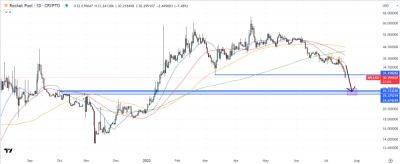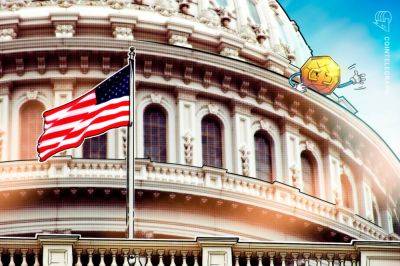Ethereum price won't see $2K anytime soon, market data suggests
Ether (ETH) price faced strong resistance at $1,920 after the 17.5% rally between June 15 and June 22. A number of factors contributed to the limited upside, including worsening macroeconomic conditions, the regulatory cryptocurrency environment, and weaker demand for decentralized applications (DApps) on the Ethereum network.
On June 26, a federal judge denied a motion from Binance that could have stopped the U.S. Securities and Exchange Commission (SEC) from issuing public statements related to the case.
In addition, in its midyear outlook, HSBC Asset Management’s report warned of an economic downturn in the United States in the fourth quarter, followed by a “year of contraction and a European recession in 2024”. The report also noted that “corporate defaults have started to creep up.”
Finally, IMF Chief Economist Gita Gopinath told CNBC on June 27 that central bankers should "continue tightening" by keeping interest rates high for longer than expected.
DApps' usage on the Ethereum network failed to gain momentum as gas fees dropped 60%. Notably, the 7-day average transaction cost dropped to $3.7 on June 26, down from $9 four weeks prior.
Dapps active addresses also declined by 27% in the same period.
Notice that the decline was concentrated on Uniswap and MetaMask Swap, while most non-fungible token (NFT) marketplaces saw a surge in their unique active wallets (UAW).
Despite UNiswap NFT Aggregator's lackluster performance, the sector faced a decent influx of users on OpenSea, Blur, Manifold, LooksRare and Unick.
More concerningly, however, is that the total value locked (TVL), measuring the deposits locked in Ethereum's smart contracts, reached its lowest level since August 2020. The indicator declined by 6.9% between
Read more on cointelegraph.com






















